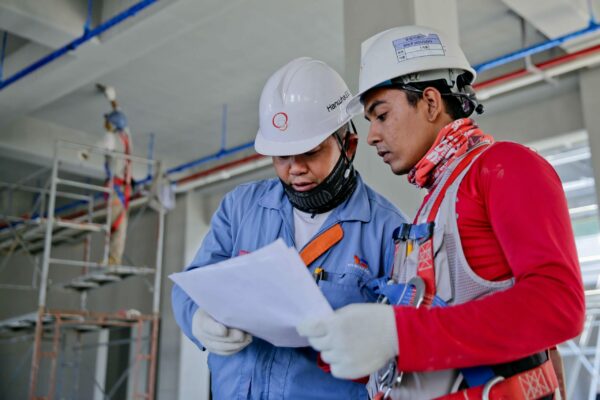Rexarc is currently open from 7:30 AM – 4:00 PM EST, Monday – Friday. Read More
Rexarc is currently open from 7:30 AM – 4:00 PM EST, Monday – Friday. Read More

Pressure vessels are designed with multiple key safety features so they can be used safely for whatever requirements they are rated for, as long as they are properly maintained. Without these safety features, pressure vessels can fail and cause serious harm. This guide will go over some options for how pressure vessels are used safely.
Pressure vessels include containers designed to hold contents at a pressure other than atmospheric pressure, including contents under vacuum and at high pressures. The difference in pressure between the vessel and outside the vessel applies additional forces to the material that need to be designed for. Some examples of pressure vessels include:
To keep contents at a different pressure than atmospheric, the vessel has to be able to withstand significant forces. Pressures want to be in equilibrium with their environment. The pressure vessel’s job is to oppose that equilibrium, and if it fails, the vessel’s contents can rapidly reach equilibrium with the surrounding area, or in other words, explode. This can potentially endanger nearby people, equipment, and facilities so it is best to be avoided.
Pressure vessels can also leak over time, which can have consequences ranging from releasing small quantities of air to starting fires, causing frostbite, and creating oxygen deficiency hazards, depending on what the vessel is currently storing.
Pressure vessels are designed to meet safety standards for their design set out by the American Society of Mechanical Engineers. These standards for pressure vessels were created, tested, and evaluated by experts to make sure any pressure vessel that is ASME-certified will be safe to use as long as it is regularly inspected and maintained.
Stainless steel pressure vessels have a variety of safety features, depending on their planned use and what contents they are designed to store. Some examples include:
Some pressure vessels will have safety relief valves that will open once the contents have reached a certain pressure level, and close again once some of the gas has been released. This prevents the pressure inside the vessel from getting higher than the vessel was designed to withstand.
For some systems under pressure, spikes in pressure can be detected using one-time-use membranes that are designed to rupture at a specific pressure range. When pressure in the system exceeds the membrane’s rated pressure, it breaks, and gas is permitted to flow beyond it. This can be used as part of a safety shut-off system, among other things.
Instrumentation can be added to the inside of pressure vessels to measure the pressure inside in real-time. Pressure sensors will need to have electrical leads routed out of the vessel through a flange designed to withstand the vessel’s pressure. The sensor can then be connected to a data acquisition unit, which can read the electrical signals from the sensor. This allows people to monitor the pressure inside the vessel and make adjustments as necessary, but relies on having a power source.
Regularly inspecting and maintaining a pressure vessel is crucial for its long-term use. To learn more about pressure vessel design, maintenance, and construction, please contact us! Rexarc specializes in designing and building ASME-certified pressure vessels, and we’d love to answer any of your questions about them.

We are a one stop shop from custom vessel production to full skidding, plumbing and instrumentation.

We stand by our processes and communicate with you on your project status as much or as little as you would like.

We continually reinvest in our people, business, and equipment technology to ship quality products on time.
